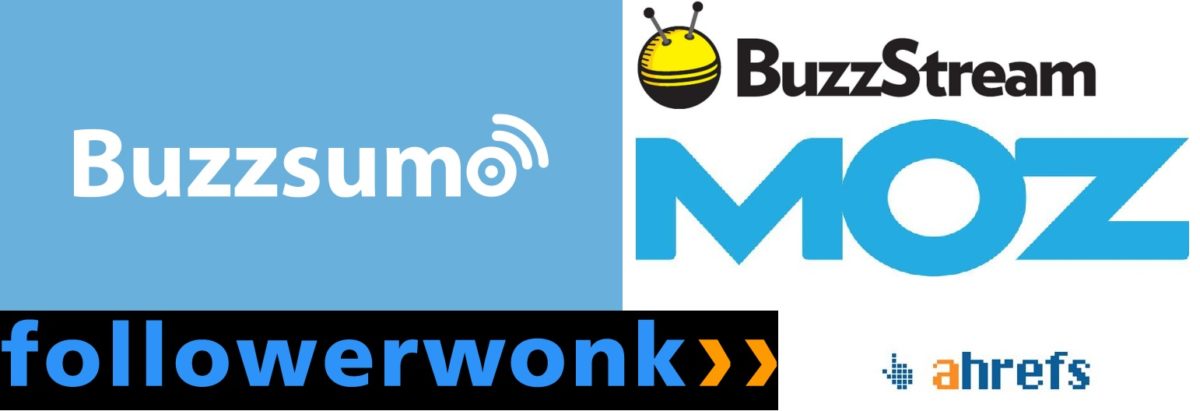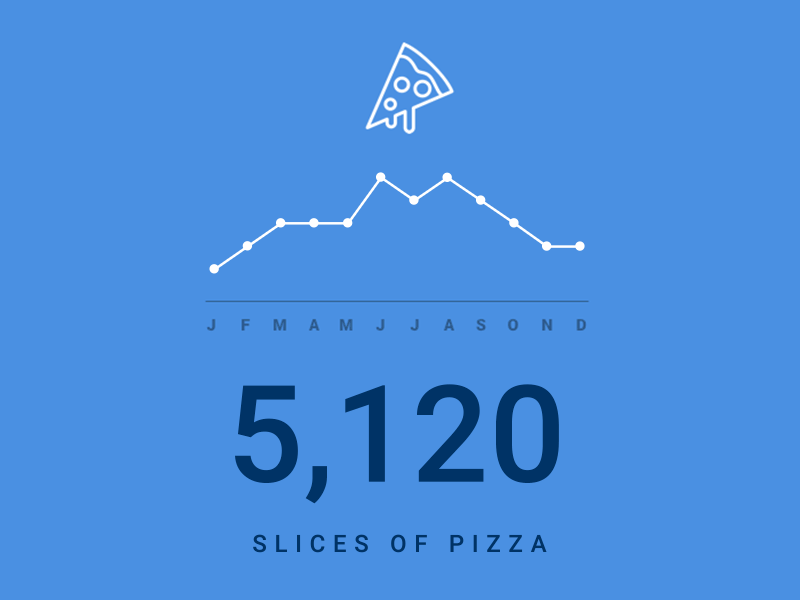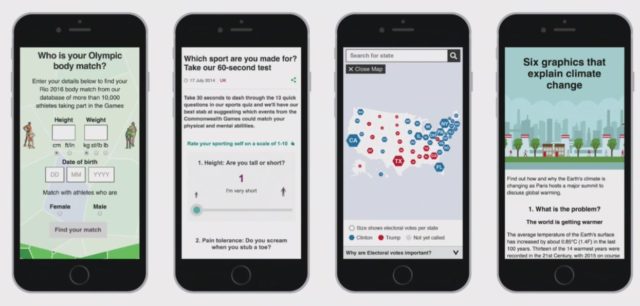The scope is changing, and it is getting harder to make an impact. If 2017 has taught me anything, the ability to write a press release and effectively pitch isn’t enough anymore.
We now have to focus on many platforms, and build relations with the media in the digital and social space. This means that areas of traditional public relations agencies are changing, mainly because the client’s wants and needs are progressing, as business and consumer habits change and move online.
As budgets rise, so do expectations of companies and what their agencies of record and team members should provide.
A 2017 USC Annenberg Global Communications study shows that 87% of professionals believe the term “public relations” will not describe the work they do in five years. Additionally, 60% of marketing executives believe PR and marketing will become dramatically more aligned in the near future.
And I agree. It all started with the unofficial kick-off of the digital PR industry, which can be traced back to late 2011 and early 2012, when Google’s algorithm updates (Panda and Penguin) changed the way the SEO industry worked.
I think that public relations will further evolve in 2018, by becoming even more closely aligned with marketing. If we think about it, how many PR agencies solely offer PR as a single service at the moment?
Like many business and industries, digital is driving public relations. The most important trends that are affecting public relations are all digitally focused.
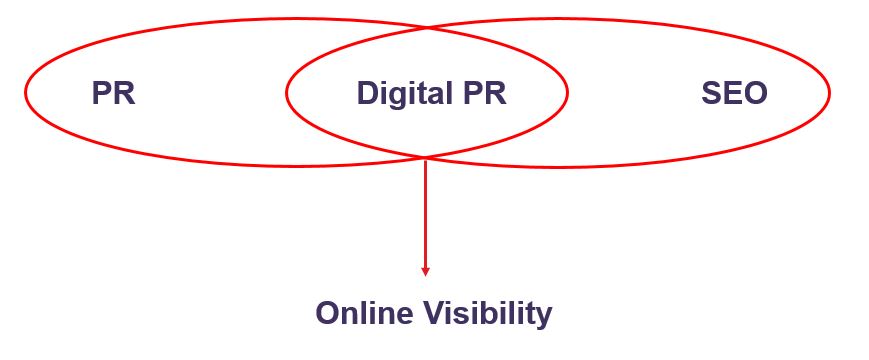
Online visibility is key. PRs are now able to listen to social, and market to audiences in real time, as there are always new digital platforms to communicate through, and much more. Digital is certainly improving the quality of public relations.
In this post, I will take a look at how the PR industry is changing, and what PR professionals and agencies should be considering in 2018 to keep up with the pace of change.
Mastering New Tools
The old ways and tools still apply, and access to media and influencers is still vital. But there are improvements to be made, and we should always be looking to make life easier. The way I see it is where we once used a blunt instrument, we now have more refined ways of getting the job done.
PR has evolved, and countless tools have become available to help marketers make the most out of PR and run campaigns more effectively. There are better ways of finding journalists and influencers, and media opportunities.
We can now send out pitches more targeted, and more efficiently. We are able to do more comprehensive competitor research, and identify opportunities that we weren’t aware of 5 years ago.
Some of the tools I regularly use in digital PR are:
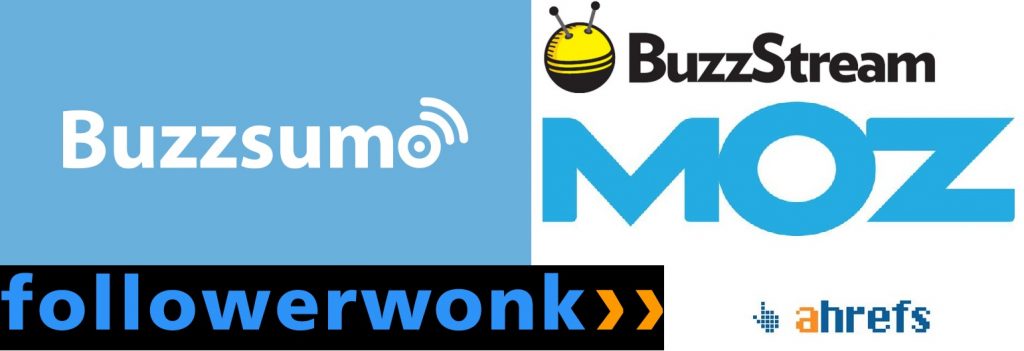
Now I work in digital PR and marketing, and I use these digital marketing tools every day, but the former PR pro in me often thinks how these tools could make life better for communication specialists as well.
In 2018, I would advise keeping on top of what will help you do your public relations and media work better, such as an automation tool, which will free up time.
Expanding Skill Set
Disciplines in PR have always been wide-ranging, and PR professionals have to be flexible and on top of current trends. This could include content creation, corporate communications, crisis management, events, internal communications, media relations, social media, reputation management and much more.
The days of writing and distributing news releases, then pitching media are in decline. While this process is important and still relevant, I’m finding that incorporating creative visuals in the delivery greatly increases the success rates of placements. In 2017, journalists felt the pressure to get social shares from their editors. So in 2018, PR’s need to ask themselves, “is my content shareable?”
The focus has shifted and the assets are changing: where it used to be written content, it is now infographics and visualising data. As outlined in a previous blog, we all know data journalism is on the rise.
Right now, for a client, I’m creating an interactive micrographic with trends from 2017, and top predictions for 2018. Three years ago, I never thought I’d be creating this type of PR content. Data, images, interactivity are the new press release. Even more so in 2018.
Adopting a Customer Focus
Tools and skills are part of the picture, but real success in this digital era requires a slight mindset shift for most “traditional” PR professionals. In the past, the efforts of PR professionals were directed toward journalists. As bloggers grew, influencers became a new audience, but we were still working to generate branded messages and stories for the client or business.
More recently, PRs are charged with developing content that engages consumers directly, this can even include ‘viral’ content. This requires new storytelling skills and represents an enormous mindset shift and has required new and fresh talent.
Media Fragmentation
It is well documented that there is a shift in media consumption. This is causing audiences to become fragmented, with the broadcast and print industries feeling a considerable strain in 2017, as cuts continue.
Whatever you think about the way the media industry is going, media fragmentation is affecting the way PR firms are servicing clients, and obtaining results.
With fewer media members to pitch, competition for coverage is rife and PR professionals must leverage their creative side to secure recognition for clients. You need to stand out from the noise in a journalist’s inbox.

Perhaps resources spent on pitching out to broadcast media channels, could be shifted to content marketing and social?
Paid vs Earned
The PR landscape changed in 2017, as some publishers are monetising what was previously editorially driven decision making. Sponsored content, also known as advertorials, or paid posts on bloggers sites, has existed for quite a long time now. But over the past year, I’ve noticed the lines between editorial and advertorial are beginning to blur.

The paid placement approach seems to be picking up, and PRs need to debate about whether it’s an opportunity. For example, a client might really want to get into this specific online trade media, but they charge £90 for a sponsored post. The only way to hit this media is through paying.
If you want to explore this topic further, you should check out my case study on The Cost of Placing Content in Online Publications.
Google Analytics
Any PR professional who doesn’t understand analytics, or at least the basics of SEO, will find themselves working at a disadvantage. This is a goldmine for marketers, and it is still, even in 2017, often overlooked by PR specialists. Analysing visitors to a company’s or client’s website can give a pretty good picture of the audience, and the demographics that should be targeted. You can even check the location of website visitors. For example, if you see that in one region your brand gets much more attention than in others, you can concentrate more efforts here.
You can also check what media source brings the most visitors to your site, as it can help you to understand which media outlets require bigger future investment and attention.
It’s vital to stay up-to-date in the PR and marketing industries! Keep an eye on trends, and think about these considerations to stay on top of the competition!
If you’re planning a digital PR campaign for next year, why not get in touch?
